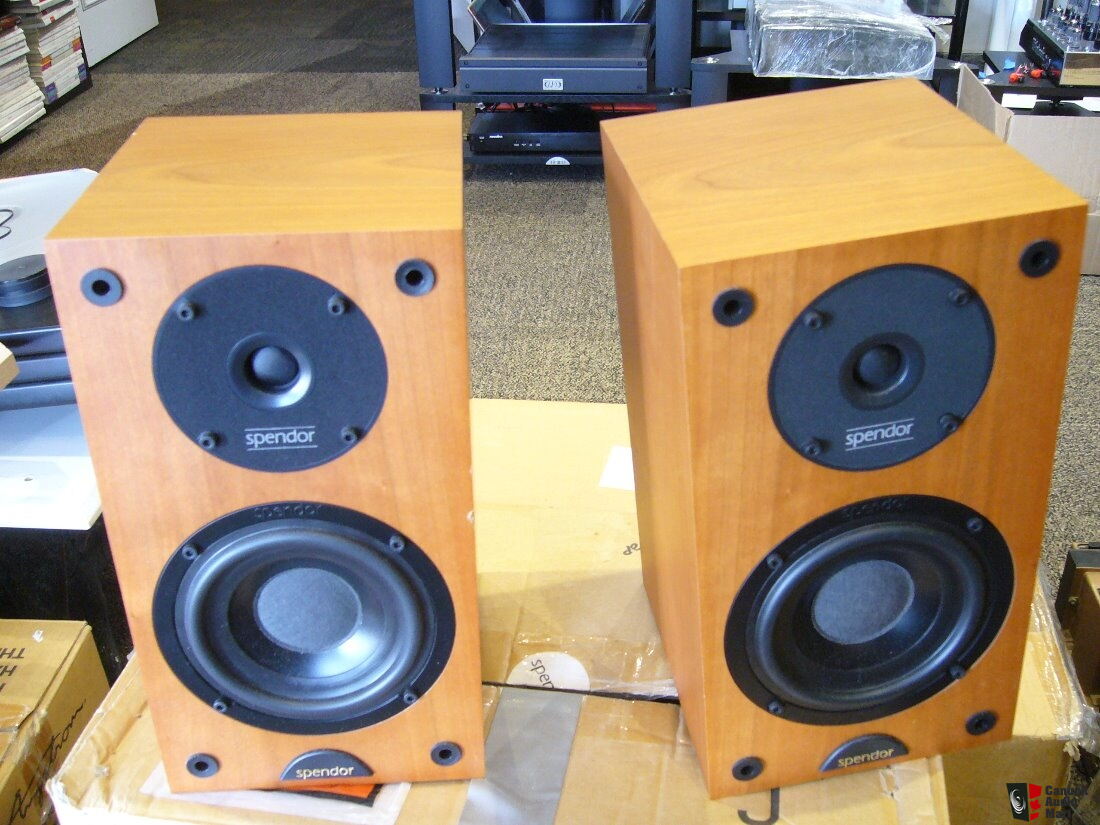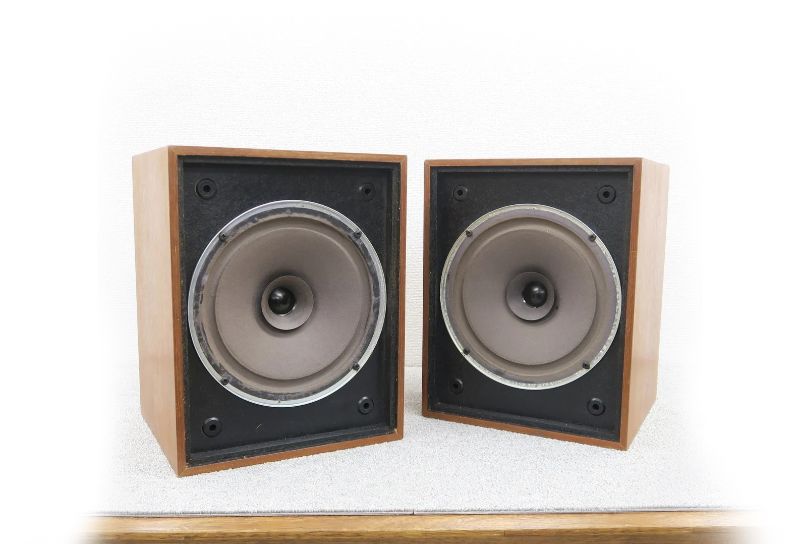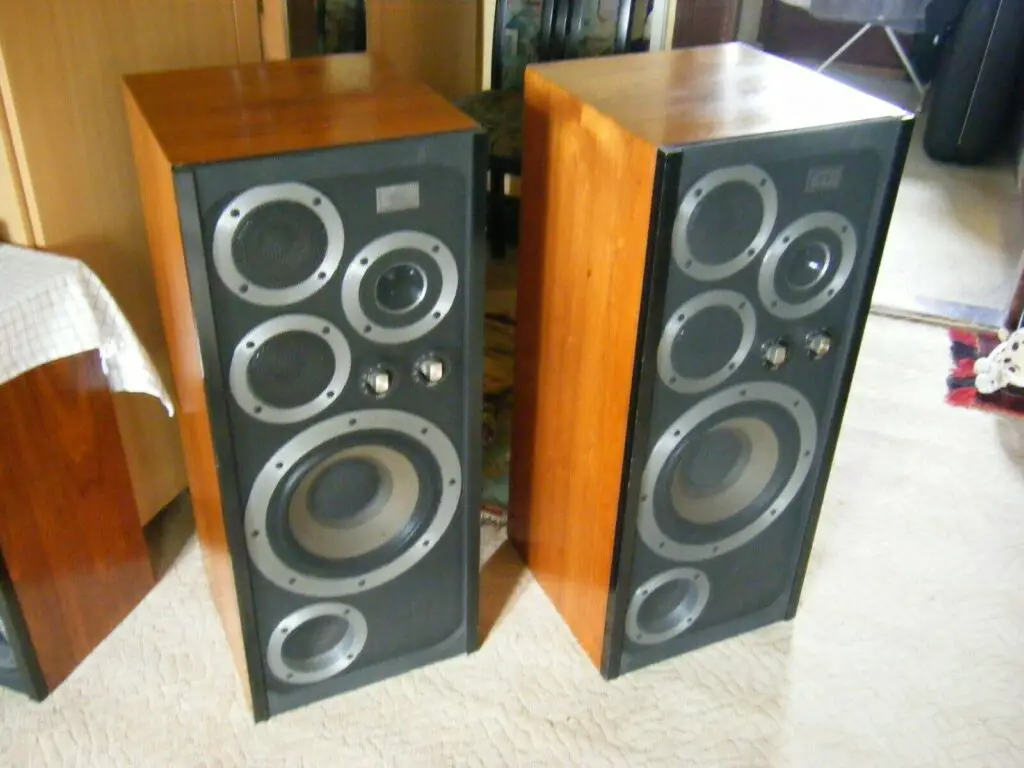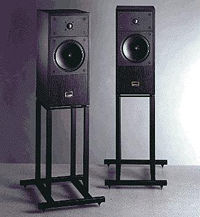‘Retro’ was all the rage in the early years of the new millennium, and in hi-fi, the rebirth of the BBC LS3/5a loudspeaker was at the forefront of the trend. The shameful truth was that this iconic little mini-monitor was a terribly defective, if cute, design even back then. New drive units, cabinet technology, and crossover design could easily improve it, but then it wouldn’t be an LS3/5a, would it? This was the goal of Spendor’s S3/5se, which was released in 2003 as a spiritual successor rather than a straight progression – a completely modern remake that kept just the original cabinet dimensions of 305x165x190mm.
It’s a unique take on the traditional little speaker. The 9mm MDF side, top, and bottom panels, along with 6mm thick bitumen damping panels, make up the 4.7kg cabinet, which is designed to dissolve resonance fast rather than retain it in. Wadding is made of a particular low-reflectivity acoustic grade foam made of a soft polyether substance. The tweeter dome has a chamfered aperture around it to increase its on-off axis frequency response. This SE version includes a 19mm Scanspeak unit that is housed in its own chamber and vented into a second damped acoustic chamber. A strong glass reinforced polypropylene injection molding with a contoured black homopolymer (polypropylene) cone makes up the 140mm mid/bass driver. The 8-ohm voice coil is wound on a 25mm diameter Kapton former, and the surround is synthetic butyl rubber. According to Philip Swift of Spendor, the dust cap has an effect on the sound and was purposefully engineered to keep the ‘BBC sound.’
This (£950 on launch) se version features silver plated high purity mono-crystal copper conductors and a low loss dielectric sleeve, as well as upgraded crossover components and the aforementioned Scanspeak tweeter in place of a Vifa type. The se can handle an extra 55 watts of power and is potentially easier to run due to a claimed minimum impedance of 6 ohms rather than the S3/5’s 4.9 ohms. The cabinetry is done to a high standard, as is often the case with Spendor, and the overall finish is great.
The S3/5se sounds uncannily similar to the LS3/5a but is oddly different. It has a lovely sophistication and poise to it, and it is polite in that old BBC style. It has a wonderfully open and free feeling, especially with less tightly packed music, and is very well balanced, with just a bit of extra ‘presence’ in the midband region. At low to medium listening settings, there’s little sensation of compression, and the sound is generally free of vices; what’s nice about the S3/5se is how it just gets out of the way.
The Spendor immerses you in whatever music you’re listening to; the impression of scale and depth, despite its small size, is outstanding, and the soundstage is unrestricted. The negative is that it can’t defy physics and, as a result, doesn’t work well with bass-heavy dance music, for example. Low frequencies are limited, and below 120Hz, there’s little of any significance; yet, the bass that is present is quite tuneful and tight. It’s a joy to feed it classical, jazz, rock, or pop – but save the drum and bass for a bigger loudspeaker!
The Spendor S3/5se’s LS3/5a-alike sound is one of its best features, yet it costs less than a third of the price of the infant BBC box. You can get a really fine pair for £500 and a reasonable but worn pair for two-thirds of that, which isn’t the case with the LS3/5a. It’s a terrific secondhand find, and if you have a little area and a love for catholic music, don’t pass it up!







